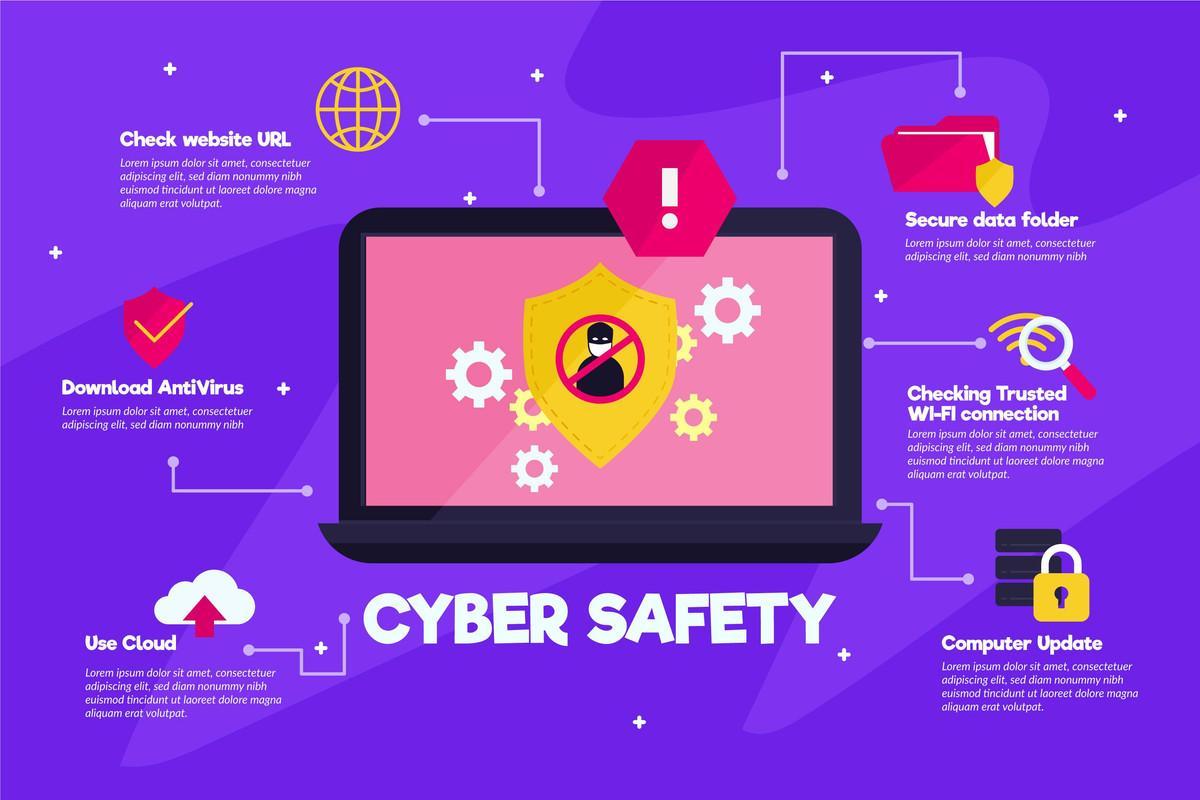Welcome to the world of Network Vulnerability Assessments! As a professional, you know that keeping your network secure is a top priority. But, how do you know if your network is truly secure? That’s where a Network Vulnerability Assessment comes in.
A Network Vulnerability Assessment is a process of evaluating the security of a network by identifying vulnerabilities and weaknesses that could be exploited. This assessment can be conducted internally, by your own IT team, or externally, by a third-party vendor or consultant. Either way, the goal is to identify vulnerabilities, so that you can take action to mitigate them and reduce the risk of a data breach.
But why is this important? With the increasing number of cyber-attacks and the increasing sophistication of attackers, it’s more important than ever to ensure that your network is as secure as possible. A Network Vulnerability Assessment can help you identify and fix vulnerabilities before they are exploited. It can also help you comply with various industry regulations.
In this article, we’ll take a closer look at the process of a Network Vulnerability Assessment, the benefits it provides, the costs associated with it, and the first steps to take before starting an assessment. By the end of this post, you’ll have a good understanding of what a Network Vulnerability Assessment is and why it’s of the utmost importance for the security of your network.
What is a Network Vulnerability Assessment
A Network Vulnerability Assessment is a comprehensive examination of your network infrastructure and its associated systems, applications, and devices to identify any vulnerabilities or weaknesses that could be exploited by attackers. This includes identifying any misconfigurations, missing patches, or outdated software that could be used as an entry point for a cyber-attack.
A Network Vulnerability Assessment usually includes several steps:
- Network Discovery: Identifying all the devices, systems, and applications that are connected to the network.
- Vulnerability Scanning: Using automated tools to scan the network for known vulnerabilities and weaknesses.
- Vulnerability Analysis: Analyzing the results of the scan to determine which vulnerabilities require immediate attention.
- Reporting: Creating a report that summarizes the findings and provides recommendations for mitigating the identified vulnerabilities.
It’s important to note that there are two main types of Network Vulnerability Assessments: internal and external. An internal assessment is conducted by your own IT team and focuses on identifying vulnerabilities within your own network. An external assessment is conducted by a third-party vendor or consultant and focuses on identifying vulnerabilities that could be exploited by an attacker from outside the network.
Benefits of a Network Vulnerability Assessment
A Network Vulnerability Assessment can provide a wealth of benefits for your organization. First and foremost, it allows you to identify and address potential vulnerabilities in your network before they can be exploited by cybercriminals. This can significantly reduce the risk of data breaches and other cyber-attacks, which can have devastating consequences for your organization.
A Network Vulnerability Assessment can also help you to comply with regulatory requirements. Many industries have specific regulations that require organizations to conduct regular vulnerability assessments, such as HIPAA in healthcare and PCI DSS in the payment card industry. By conducting a Network Vulnerability Assessment, you can demonstrate compliance with these regulations, which can help you avoid costly fines and penalties.
Another benefit of a Network Vulnerability Assessment is that it can help you to improve your overall security posture. By identifying and addressing vulnerabilities in your network, you can make improvements to your security controls, such as by implementing new software and hardware solutions. This can help you to better protect your network and data from potential threats.
Furthermore, a Network Vulnerability Assessment can also help you better understand your network. By identifying and analyzing the various components of your network, you can learn more about how your network is configured, how it functions, and discover any potential vulnerabilities that may exist.
Cost of a Network Vulnerability Assessment
The cost of a Network Vulnerability Assessment can vary depending on a number of factors, including the size and complexity of your network, the type of assessment (internal or external), and the vendor or consultant you choose.
Internal assessments, conducted by your own IT team, will typically be less expensive than external assessments. However, internal assessments may not be as thorough as external assessments, as they may not have access to the same tools and expertise as a third-party vendor or consultant.
External assessments, conducted by a third-party vendor or consultant, can range from a few thousand dollars to tens of thousands of dollars, depending on the scope and complexity of the assessment. The cost will also vary depending on the vendor or consultant you choose and the services they offer.
Keep in mind that a Network Vulnerability Assessment is an ongoing process, not a one-time event. Regular assessments will be needed to ensure that new vulnerabilities are identified and addressed in a timely manner. The cost of these regular assessments should be factored into your budget.
It’s also important to consider the cost of not conducting a Network Vulnerability Assessment. The cost of a data breach can be substantial, including lost revenue, damage to reputation, and legal fees. A vulnerability assessment is a small investment compared to the cost of a data breach.
First Steps in Conducting a Network Vulnerability Assessment
Conducting a Network Vulnerability Assessment for the first time can seem overwhelming, but it doesn’t have to be. With the right approach and tools, you can conduct an assessment that will provide valuable insights into the security of your network and help you safeguard your private data and sensitive information.
Follow these steps to get started with a Network Vulnerability Assessment:
- Define the scope of the assessment
When it comes to conducting a Network Vulnerability Assessment, the first step is to define the scope of the assessment. This includes identifying the specific areas of your network that you want to assess, such as servers, workstations, network devices, and external facing systems. By clearly defining the scope of the assessment, you can ensure that all potential vulnerabilities are addressed.
- Identify the vulnerabilities
Once the scope of the assessment has been defined, the next step is to identify the vulnerabilities. This can be done using a variety of tools such as automated scanners, manual testing tools, and penetration testing tools. Automated scanners are a great option for identifying known vulnerabilities, while manual testing and penetration testing can help identify unknown vulnerabilities.
- Prioritize high-risk vulnerabilities
After identifying the vulnerabilities, the next step is to prioritize them based on their potential impact and likelihood of being exploited. This will help you determine which vulnerabilities need to be addressed first. For example, a vulnerability that allows an attacker to take complete control of a system would be considered high-priority, while a vulnerability that only allows an attacker to read sensitive data would be considered lower-priority.
- Develop a remediation plan
Once the vulnerabilities have been identified and prioritized, the next step is to develop a plan to address them. This should take into account the resources required, the potential impact of the vulnerabilities, and the overall risk to your network. It’s important to develop a plan that is both effective and realistic, considering the resources and time available.
- Implement the plan
With a remediation plan in place, the next step is to take action to address the vulnerabilities. This may involve patching software, implementing new security controls, or training employees on security best practices. Just make sure that all actions taken are properly tested to ensure that they are effective in addressing the specific vulnerabilities you identified in your assessment.
Key Takeaways
- Network Vulnerability Assessments play an essential role in the overall security of an organization’s network.
- By identifying and addressing vulnerabilities, organizations can protect themselves from potential threats and data breaches.
- With the constant evolution of cyber threats, it’s crucial to conduct regular assessments to stay ahead of the game.
Need Help with a Network Vulnerability Assessment?
Some organizations don’t have the time or staff in place to conduct a Network Vulnerability Assessment in-house. That’s where BlueSteel Cybersecurity can help. Our team of experienced professionals can evaluate your existing physical and technical security controls, identify vulnerabilities, and develop a customized plan to help you reduce risk and achieve compliance. Take the first step towards a secure future with BlueSteel’s Comprehensive Security Assessment.







